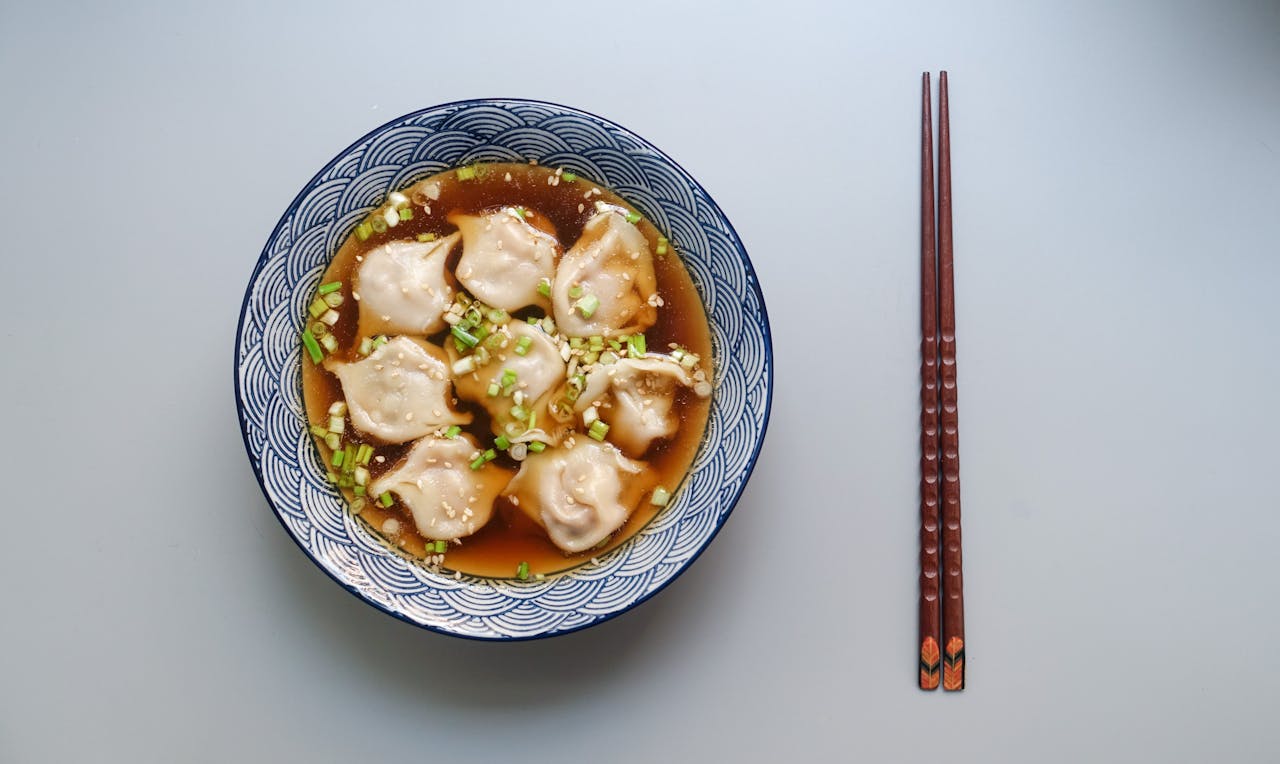China is a land where ancient traditions and modern innovations coexist in fascinating harmony. From the haunting beauty of the Terracotta Warriors to the technological marvel of the Bailong Elevator, China is full of remarkable wonders. Whether you’re a history buff, a foodie, or an adventure seeker, China has something for everyone. Here are 25 fun and surprising facts about this diverse country that will make you appreciate it even more.
1. Buddhism’s Journey Through China
Buddhism was introduced to China during the Han Dynasty (206 BC–220 AD), and it became a crucial cultural force throughout Chinese history. By around 500 AD, it experienced a resurgence, thanks in part to the travels of Silk Road merchants. Today, approximately 33% of China’s population practices Buddhism, making it a significant influence on Chinese culture, art, and philosophy.
2. The Terracotta Warriors
In 1974, a group of farmers stumbled upon one of the most extraordinary archaeological finds in history: the Terracotta Warriors. Buried in 210–209 BC with Emperor Qin Shi Huang, these life-size statues—around 8,000 of them—are each unique, with individual facial features and expressions. The warriors were created over a period of more than 30 years, and their discovery has provided an unparalleled glimpse into ancient Chinese craftsmanship and military history. If you’re in the area, you can also explore nearby attractions like the anyang huaqiang hotel, offering a comfortable stay for visitors eager to dive deeper into the historical landscape of China.
3. China’s Huge Population
China has long been the most populous country in the world, but as of 2023, it is now surpassed by India. With a population of 1.425 billion, China remains the second-most populous country globally. To put that into perspective, the United States ranks third, with 339.9 million people.
4. The Great Wall of China

The Great Wall is often thought of as a single, continuous structure, but in reality, it is a collection of 19 different walls. These walls were built to defend against northern nomadic tribes, especially the Mongols. Stretching over 13,000 miles, the Great Wall is not only a UNESCO World Heritage Site but also one of the Seven Wonders of the World.
5. Chinese Dragons: More Than Myth
Dragons are a symbol of power and good fortune in Chinese culture. Unlike the fearsome, fire-breathing dragons in Western mythology, Chinese dragons are seen as benevolent beings associated with wind, water, and nobility. You’ll often see them in Chinese New Year parades, where they are believed to bring good luck for the coming year.
6. Mausoleum of Mao Zedong
Mao Zedong, the founding father of the People’s Republic of China, is commemorated in a grand mausoleum located in Tiananmen Square. This site marks the heart of modern China, where the nation’s founding ceremony took place on October 1, 1949. Nearby landmarks include the Monument to the People’s Heroes, the National Museum of China, and the Great Hall of the People.
7. A Feast for the Senses: Regional Cuisine
Chinese cuisine is incredibly diverse, with flavours ranging from sweet and sour to spicy and bitter. Each region has its own culinary specialty. Signature dishes include Peking Duck, Cantonese beef soup, and of course, fried rice. But did you know that China’s five essential tastes (sweet, sour, spicy, bitter, salty) are the foundation of its culinary art?
8. Great Wall Mortar: Rice Flour
A fun and surprising fact about the Great Wall is that the mortar used to hold its bricks together was made from glutinous rice flour. This gave the wall an impressive strength and durability, allowing it to withstand centuries of wear and tear.
9. The Ghost Mall
Imagine a shopping mall the size of 98 football fields, but with almost no customers. That’s what you’ll find in the South China Mall, located in Dongguan. With over 700,000 square meters of retail space, this “ghost mall” has been mostly vacant since its opening. Despite its size and ambition, it has failed to attract customers, partly due to its unaffordable prices for the local migrant workers.
10. The 2008 Beijing Olympics

The 2008 Beijing Olympics were the most expensive Summer Olympics in history, costing over $45 billion. In comparison, the 2022 Summer Olympics in Paris had a budget of only $3.9 billion. The Beijing Games are remembered not only for their grandeur but also for their cutting-edge architecture, such as the famous Bird’s Nest Stadium.
11. The Forbidden City
The Forbidden City is the world’s largest imperial palace and was home to Chinese emperors for nearly 500 years. Built during the Ming Dynasty, this vast complex houses nearly 1,000 buildings and is now a UNESCO World Heritage Site. Its architectural splendor and historical significance make it one of the most visited cultural landmarks in China.
12. Paper Money: A Chinese Invention
While paper money is common today, it was first invented in China during the Tang Dynasty in the 7th century. The idea became widespread during the Yuan Dynasty to address inflation. This innovation changed the course of global economics and trade forever.
13. China: The World’s Pig Capital
China is home to more than half of the world’s pigs, with over 778 million swine as of April 2022. As a result, China produces approximately 50 metric tons of pork annually. This makes it the largest producer of pork worldwide, deeply influencing global markets and cuisine.
14. A Railway System That Circles the Earth
China’s railway network is so vast that, if laid end to end, it could circle the Earth twice. The country has invested heavily in high-speed rail, making travel between cities faster and more efficient. Today, China boasts the longest high-speed rail network in the world.
15. Reincarnation Requires Permission
In a unique twist on spiritual matters, the Chinese government regulates reincarnation. Anyone wishing to be reincarnated must apply for approval from four different government agencies. This control over religious practice is a reflection of the country’s strict religious policies.
16. Yangtze River: Asia’s Lifeblood

The Yangtze River, stretching 3,915 miles, is the longest river in Asia and the third longest in the world. The river is central to China’s economy, providing water for agriculture, transportation, and even hydroelectric power. Cruises through the Three Gorges offer stunning views of the river’s scenic beauty.
17. Shanghainese: A Language of Its Own
In Shanghai, locals speak a dialect called Shanghainese, a variety of Wu Chinese. The language is notoriously difficult for other Chinese speakers to understand, making it an interesting linguistic feature of this bustling metropolis.
18. Pandas and Their Bamboo Obsession
The giant panda is one of China’s most beloved animals, and their eating habits are as unique as their appearance. Pandas eat up to 16 hours a day, consuming mostly bamboo. If you’re in China, a visit to the Chengdu Giant Panda Breeding Center is a must to see these adorable creatures up close.
19. Table Tennis: A National Passion
Although invented in Britain, table tennis is China’s national sport. China has dominated world table tennis competitions since 1953, and the sport is a source of immense national pride.
20. The Chinese Flag: A Deep Symbolism
The design of the Chinese flag received 2,992 submissions before the final version was chosen. The red represents the Communist Revolution, while the five yellow stars symbolize the unity of the Chinese people. The large star represents the Communist Party, and the four smaller stars represent the four social classes in China.
21. Chopsticks: From Cooking Tool to Eating Utensil

Chopsticks were originally used for cooking, not eating. It wasn’t until around 400 AD that they became widely used as eating utensils. Today, they are an essential part of Chinese dining culture.
22. Family is Everything
In China, family is the cornerstone of society. It’s not uncommon for multiple generations to live under one roof. Children often stay with their parents even after they’ve grown, reflecting the importance of familial ties and respect for elders.
23. Tetraphobia: The Fear of the Number 4
In China, the number 4 is considered unlucky because it sounds like the word for “death.” As a result, the number is avoided in many contexts, from building floors to gift-giving. This superstition is common in many East Asian cultures.
24. The Skyscraper Boom
China is experiencing a construction boom like no other. A new skyscraper is completed every five days! This rapid development is driven by the country’s massive population and booming tourism industry, reshaping city skylines nationwide.
25. The Bailong Elevator: A World Record
The Bailong Elevator in Zhangjiajie is the world’s tallest outdoor elevator and also the heaviest. Built into the side of a cliff, it offers stunning views of the surrounding mountains, all without the need for a strenuous hike. It’s a marvel of engineering that attracts visitors from around the globe.

